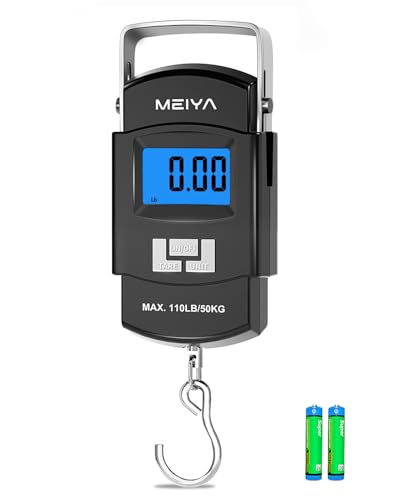Occasional contributor Patrick Taylor sent me a good tip that I wanted to share with you so you can see how it works this weekend right along with me.
The hitch knot goes by several different names — “Newfoundland hitch,” “Riffling hitch,” or “Portland hitch” and was invented for salmon fishing. The purpose of the knot is to make your tippet extend from your fly in a perpendicular direction. Using a traditional knot, the tippet is attached to the eye of the hook and runs directly away from the fly. By making the line come out directly to the side, the fly kicks off a “V” pattern when fished from the side that mimics a distressed, small fish. Bang! … Or that’s what I hope
According to Patrick, using this knot on a pattern like the muddler minnow is a real killer. The basic technique is simple. After tying this knot, throw it at a 30-45° angle downstream and let the current in the water carry the fly to its natural conclusion. During this drift, you do not strip the fly in; use the natural action induced by the current. As the fly sinks, raise your rod tip slightly to bring it back to the surface to produce the gentle “V” wake. Please do not use it on a fly that is weighted like a beadhead.
You need to be aware of where you stand in relation to your fly. The hitch must come off the fly pointing back towards you to work properly. The links below a few ways to tie the knot. It’s pretty basic – just a few half-hitches.
I’ll update this post next week and let you know how it works on the smallies. I’ve got a muddler and a small popper I’ll try out using this knot.
Tell a friend about this article by clicking on this link
Unless stated otherwise, this article was authored by Steve Moore


